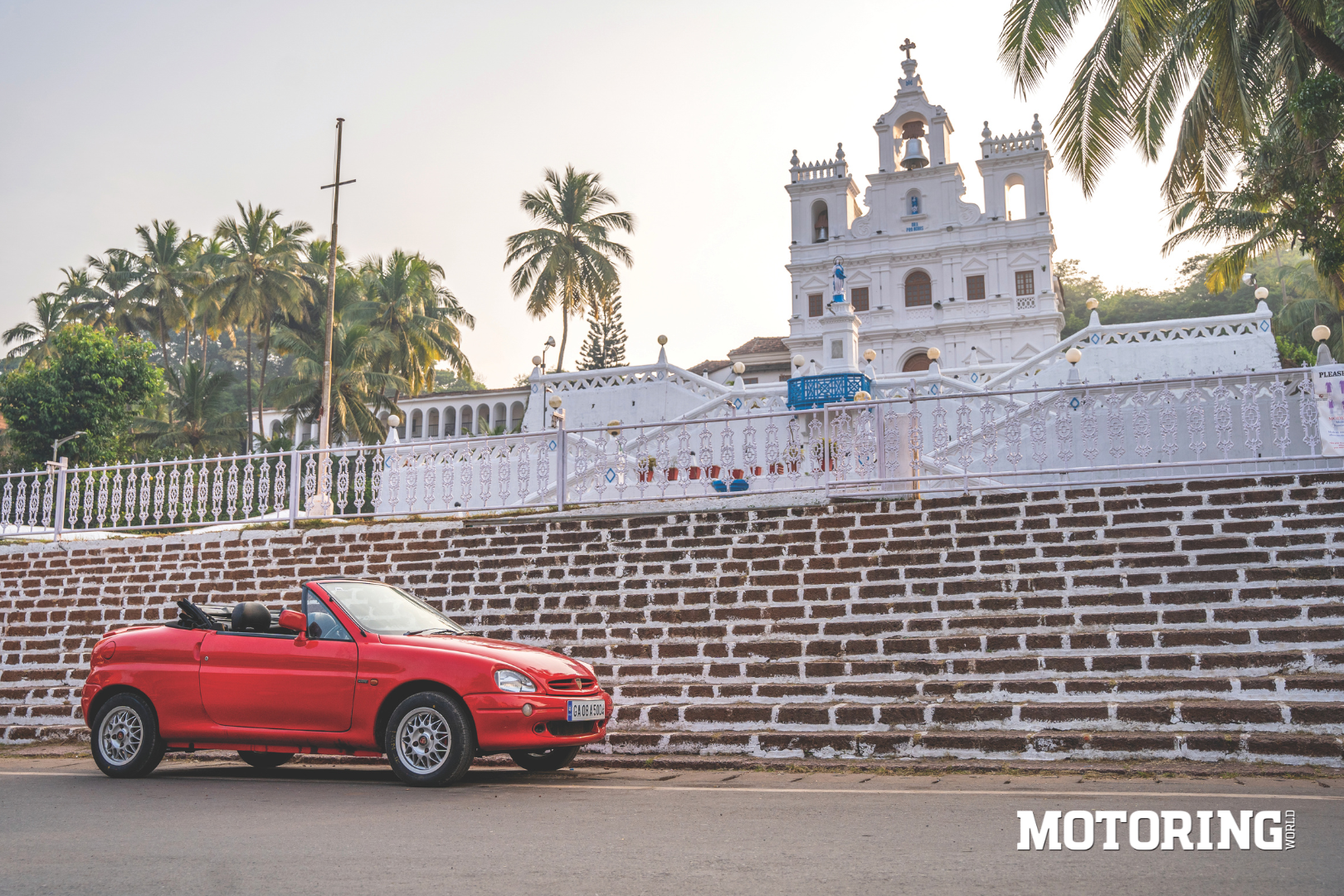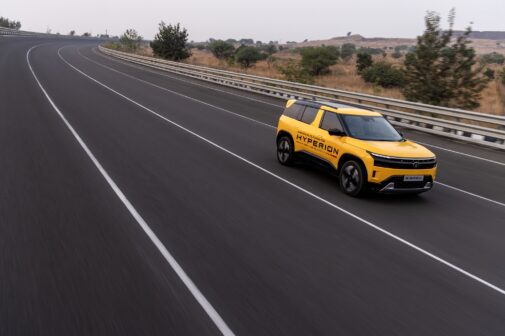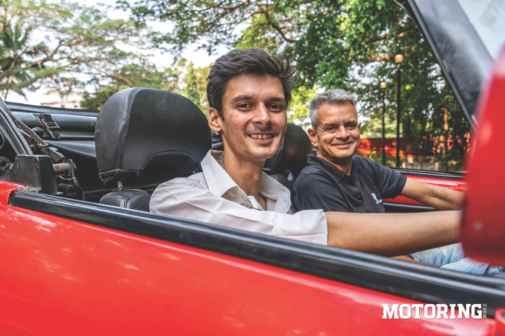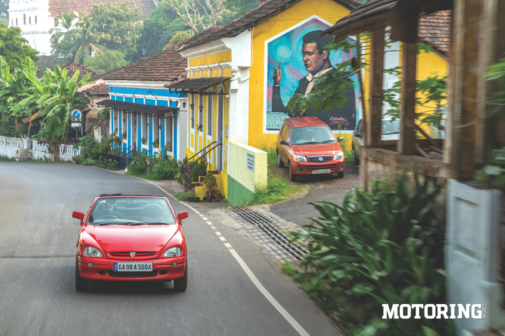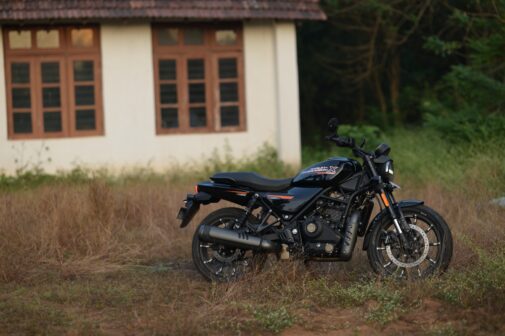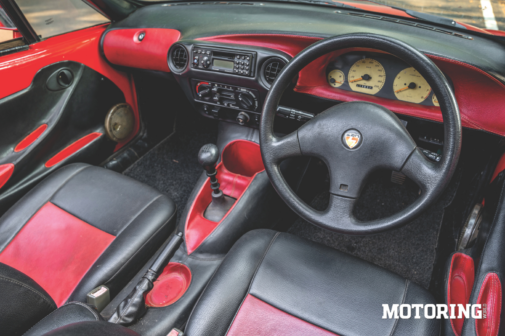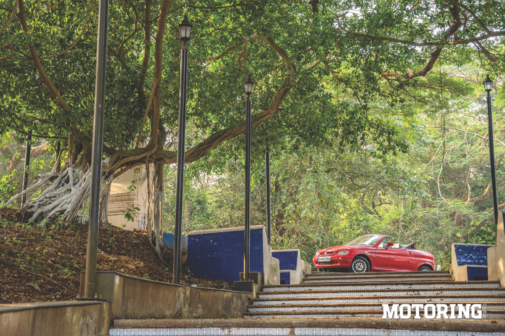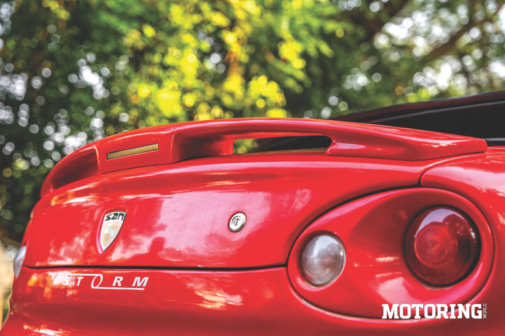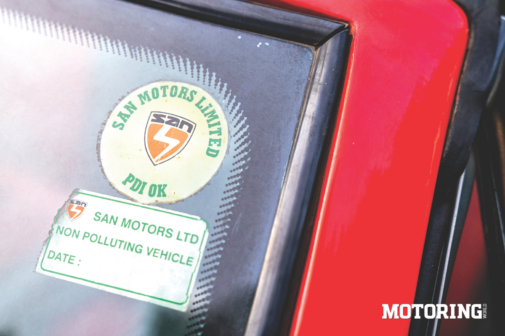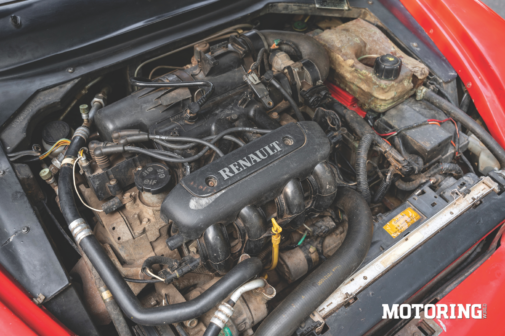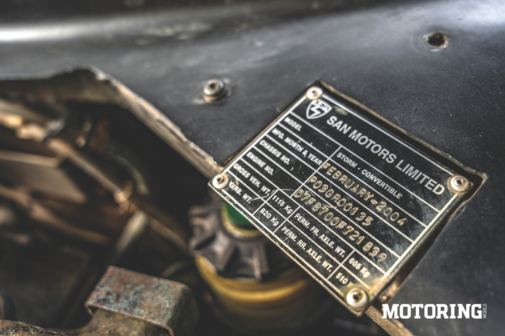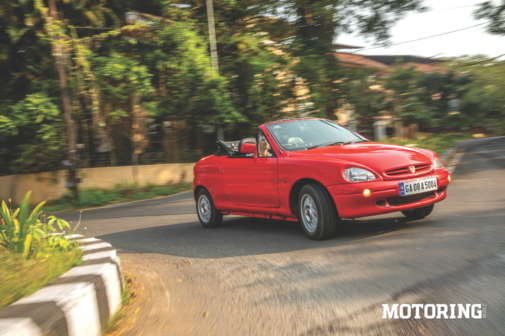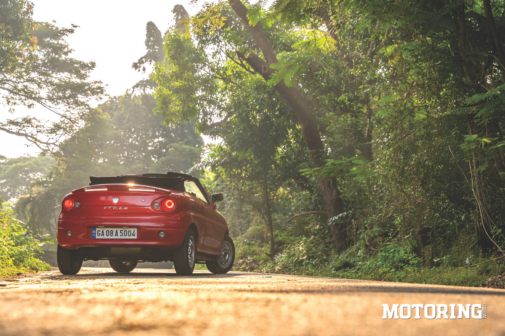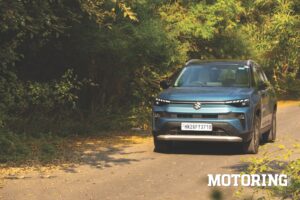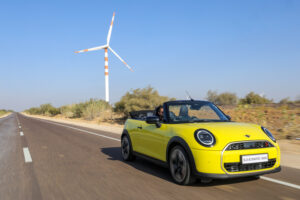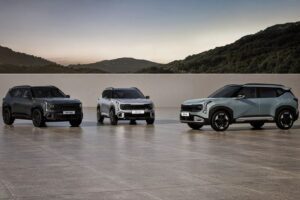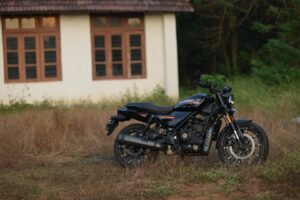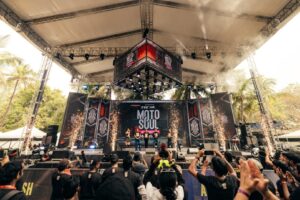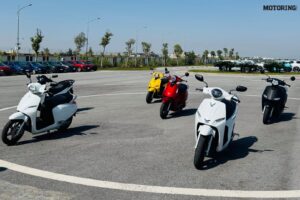A church is an idea older than a convertible, but there’s no contest as to which is more fun to be in. And how about this — once upon a time (1998), someone had the idea of making a small convertible in India, with the complete vehicle assembled in Bangalore, and a fibreglass body made in the land of churches (among other things). A convertible tub made in Goa? Isn’t that one of the aptest automotive expressions possible in India? However, history bears permanent witness to that noble idea’s notable (and improperly discreet) demise. Thankfully, that doesn’t mean that some people can’t see it for what it is. Like Uttam Arwade and his son Arhan Arwade, in this instance.
I myself came to know that the San Storm was partially made in Goa only in late 2024 when we were planning this Goa Special. This was despite having fawned over it as a youngling far too long ago; you see, the Information Age had eluded my attention since the Storm was conceived and long after it had ceased to exist. And yet, less than six degrees of WhatsApp-message separation was what led to the Arwades to drive their recently acquired San Storm from Belgaum to Goa to make this story happen. Irony, for all its scale and relevance, is also bound by time, it seems.
Now, something I haven’t done since I’ve had access to the Internet (20-odd years) is look up the San Motors website, and you know what — it’s still active! I don’t know how that’s possible, but here’s something I’ve literally copy-pasted from it:
‘SAN Motors began life in 1996 with a vision to produce contemporary, exclusive, affordable, stunning cars that showcased Indian engineering and creative excellence. Cars that were designed by professionals for those of us who love the wheel in our hands and an open stretch to challenge our skills and thrill our senses. Our exciting range of cars are manufactured at our state of the art plants in Bangalore, where the body and chassis are made and in Goa, where the assembly plant is located. Equipped with modern machinery and testing equipment, a highly skilled work force, experienced management team, a quality philosophy that is top down driven, superb vendors, and a dynamic marketing and distribution network, SAN Motors is able to deliver products and services that even the most discerning would be proud of.’
If the quality of facts, grammar and syntax in that eye-wateringly superlative paragraph is anything to go by, it’s easy for me to see why the Storm was, at best, a disappointing dribble. But that came later — first, there was the idea, and it had and has to be celebrated to this day. Call me a romantic, but I was certainly carrying that exact notion on the morning I saw the Storm parked under the Arwades’ house in Goa. Just seeing that cheerful shape had an uplifting effect; the bonnet and the headlights’ shapes were somehow reminiscent of the Beetle. And a size and proportions that can only be described as ‘cute’. This thing belonged in Goa, all right, even if it called another state home at the moment despite its GA registration number.
The Storm was designed by the Le Mans Design Group of France, and it was built in two separate locations in India — that’s enough spatial freedom for Murphy to run rings around the noblest of intentions, no? And yet, as I ran my fingers along the Storm’s bodywork, the potential was tangible. Then, the top went down and a gust of the ages exuded upwards from the cabin. I thought I saw parts from various long-forgotten cars sold in India in that tiny space; the switches, the stalks and whatnot. ‘Rationalising the supplier chain,’ I imagined someone at San Motors saying to a room of uninterested people. By the way, did I mention that San Engineering made locomotives when it decided to branch off into making a drop-top sports car? It still does.
I can only imagine what it must’ve been like to drive a Storm in the Goa of the late 1990s and early 2000s. But things weren’t bad at all in December 2024, either. Or maybe Goa just lulls me into a false sense of ‘everything is all right’. It definitely wasn’t all right when the younger Arwade handed the Storm to me, though; at the moment, I remember thinking, ‘Yeah, I should’ve gotten into this thing in 1999 when I had the chance. I can barely fi t into it now.’ When the Storm came out in the post-liberalisation era, people hadn’t yet gotten the chance to become as… substantial as I am, I suppose.
After I eventually slotted myself into the driver’s seat, I discovered that I could steer the car with my knees, if I so wished, which wasn’t really a convenience. If anything, I’d never felt the fear of small spaces in something that was open to the sky. Ah, well. A quick turn of the ignition key and the Storm fi red to life rather purposefully, more so than I’d expected after reading its ancient spec sheet. After all, 60 bhp from a then-already-old 1.2-litre Renault inline-four wasn’t much to look forward to, except perhaps for nostalgic mocking. Also, the Storm weighed in at just 820 kg, but that didn’t really translate into being a sports car, either.
Nonetheless, the Storm did take off in an angry rise of revs and joined the traffic heading into Panjim like it belonged in that fl ow. It handled as I imagined a four-wheeled scooter would, bounding into gaps and directions as I willed. The Renault engine revved quite willingly, but I couldn’t tell if that was making any real difference to forward progress. And the ride quality was rather good for the car’s age and lack of any real clearance from the ground. I could feel the thoughts that had gone into designing this car, and I immediately knew that those were far ahead of their time.
Driving the Storm was never the point; instead, I would’ve been happy just to have seen it in Goa. The fact that I made an acquaintance with the father and son who took the trouble to drive it down to Goa was the best part, though ‘trouble’ wasn’t the word they associated with the journey. Back in the day, I remember thinking that the Storm’s body-coloured surrounds for the tail-light clusters weren’t all that great, and time hasn’t done anything to change that notion. The spoiler on its boot was ambition more than function. In fact, that last bit could sum up this lovely idea itself.
As for the San Motors website, I suppose it exists to this day because San Engineering does; it’s probably a nostalgic indulgence or someone crucial forgot about it and it’s still running on their servers as a reminder of an audacious idea. I wonder if those servers are running in Goa, but I doubt it; between Bangalore and my favourite state, you know where the electrons are headed. Either way, I quite like looking at that piece of plain old virtual reality; imagine looking at your old Orkut profile, and you’ll know what I mean.
The San Storm was an idea of automotive emotion that existed and manifested before the states of Chhattisgarh, Jharkhand, Uttarakhand and Telangana did. And we haven’t seen one single act towards that direction yet, in a country now bursting with more than 1.42 billion. That’s a statement as frustrating as it is desperate. I guess we never really deserved one. But that’s not the note the Storm struck with me — no. A cheerful convertible, no matter how fl awed, cannot be capable of despair, right? So here’s to hope, and to the only place that made it happen once a long time ago. Goa, only you can do it again!





